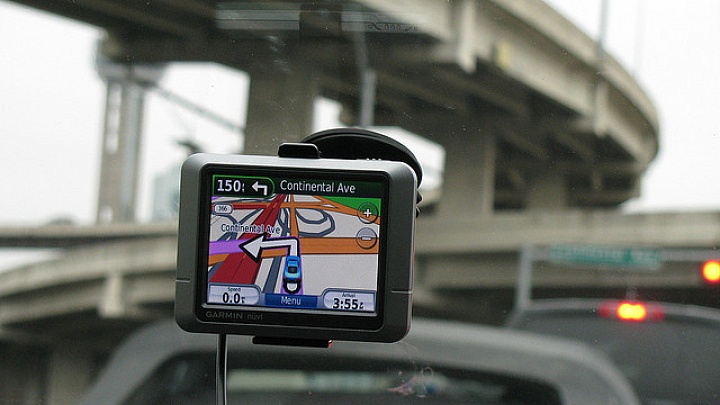
Whether it’s finding our way around with the help of a GPS, sending large files through e-mail, or flying across the country, we all benefit from technologies that were originally developed for military use. Our lives would be very different without inventions such as the Global Positioning System, network packeting, and the jet engine. These “dual-use” technologies have proven to be winners in both military and commercial contexts—they help us to fight better and live better. As we look to the future, we will undoubtedly see many more of these technologies emerge. The predominant path for their development, however, is changing in a profound way.
During the Cold War, military technology programs drove many commercial successes. The most likely path for an emerging technology to reach our daily lives was for it to be nurtured through government involvement. Early investments by the Department of Defense helped to decrease risk, promote standardization, and create markets for these technologies. Once the technology matured past the “pre-commercial” state, it could be adopted for wider use.
This was the path of the integrated circuit. In 1958, Jack Kilby of Texas Instruments figured out how to make very small circuits out of semiconductor material. Although it was apparent that this was a breakthrough, other commercial vendors did not immediately move to adopt Kilby’s invention. The Air Force, however, was very interested, as it desperately needed ways to make computers smaller and lighter so that they could fit on airplanes, rockets, and weapons. By 1961, the Air Force had applied Kilby’s ideas to create the first computer using semiconductors, and integrated circuits were integrated onto Minuteman missiles in 1962. This early investment decreased the risk for Texas Instruments and brought the cost down dramatically. In less than a decade, the cost per circuit dropped from over $50 to around $2. Once this happened, commercial industries could experiment widely with the circuits, and they would eventually form the basis of computers, televisions, radios, and many other devices. Today, we come into constant contact with integrated circuits embedded in refrigerators, clocks, and coffee makers, and we don’t even think about it.
This typical flow from military to commercial use meant that government exercised considerable power as it directed investment to the most promising technologies. Throughout the Cold War, the Department of Defense and the military services built comprehensive and well-resourced investment plans to nurture these technologies. In the mid-1960s, the U.S. government was spending close to 12% of th
